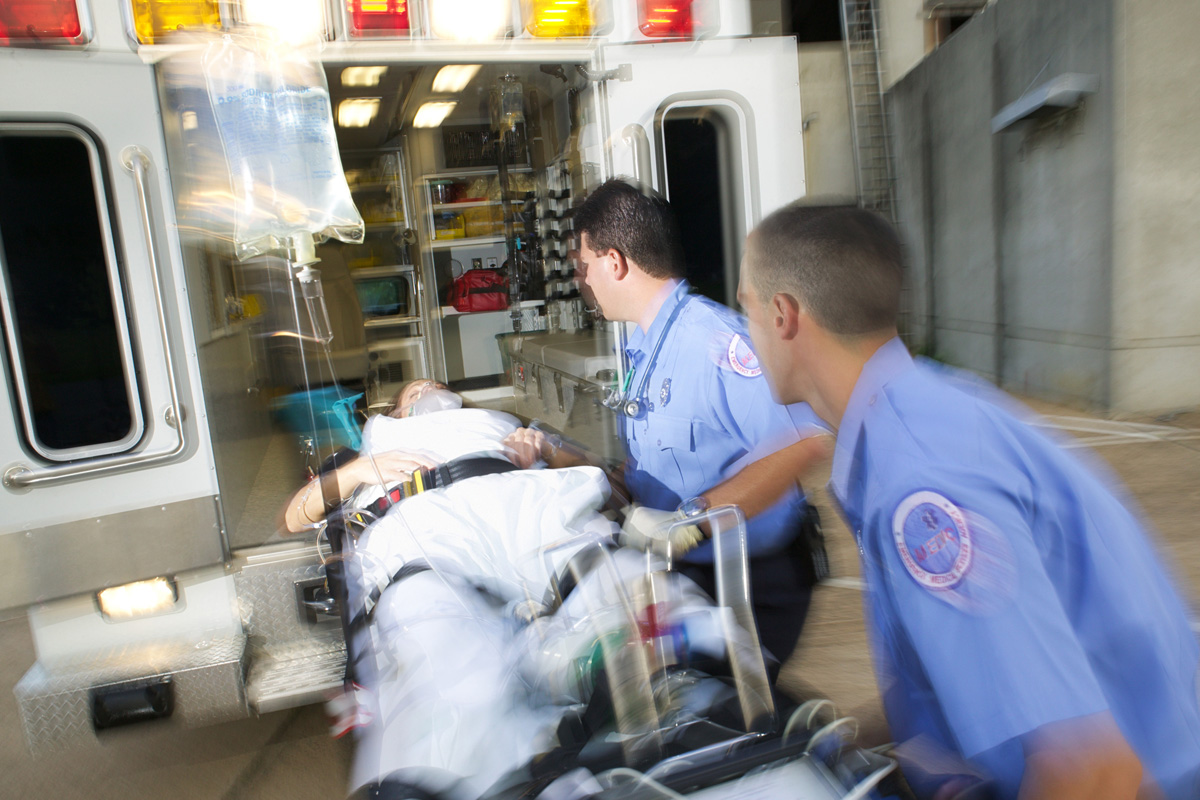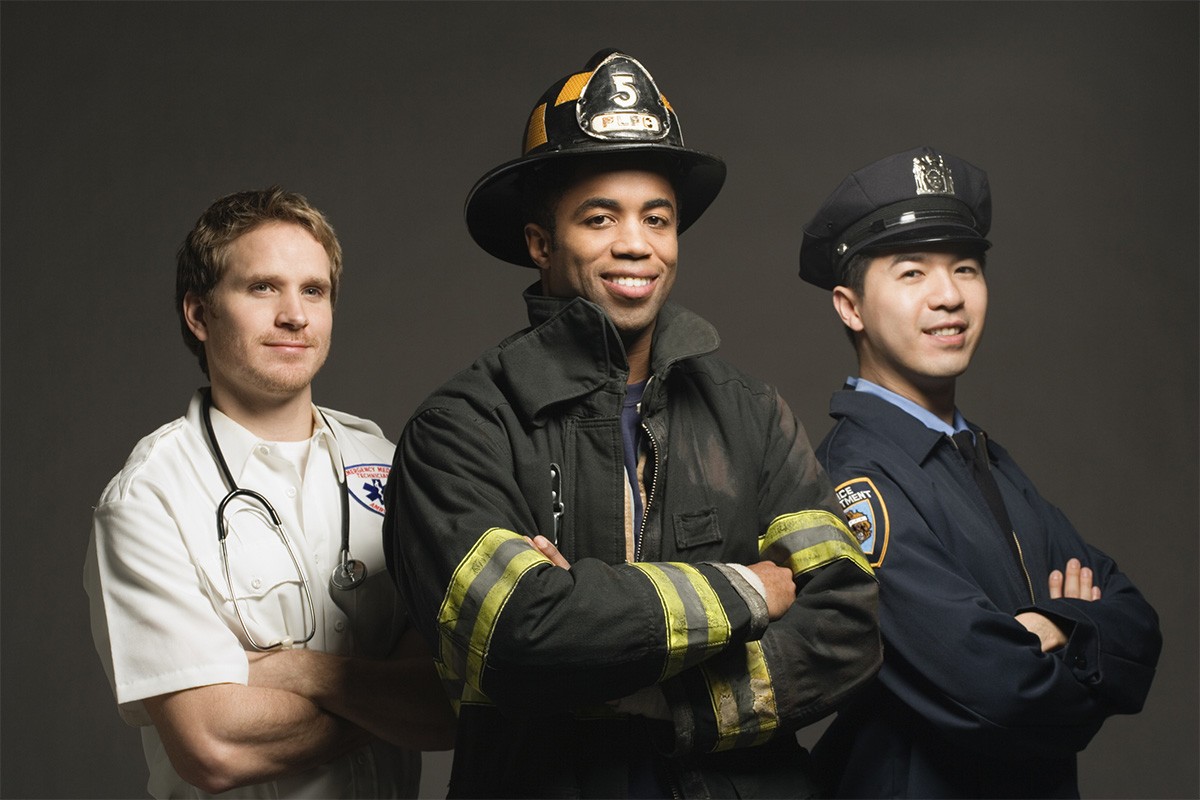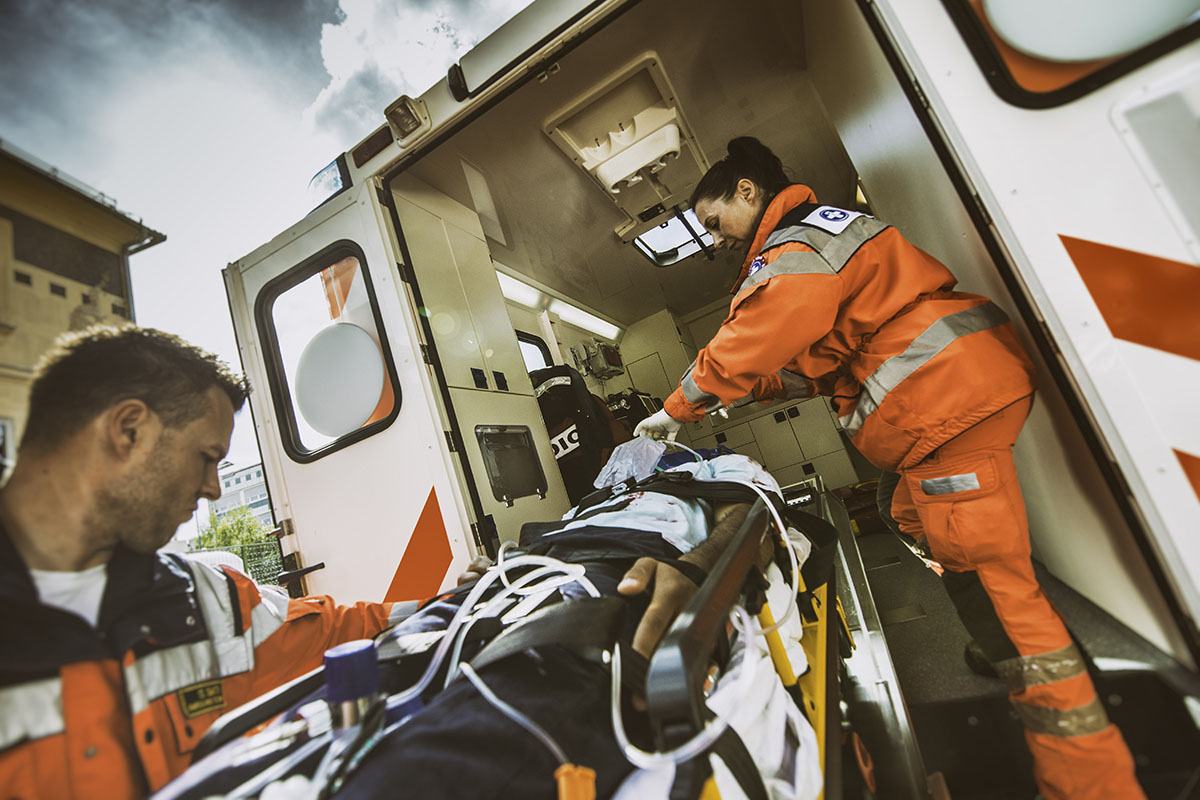Some of the most visible and commonly known medical professionals are emergency medical technicians – commonly known as EMTs – and paramedics. These front-line workers respond to all types of emergencies away from hospitals, caring for patients and transporting them to medical facilities when needed.
The general public may sometimes use these terms interchangeably, but there are key differences between them. If you’re an aspiring EMS administrator or pursuing other careers in health care, it’s important to understand how EMTs and paramedics fit into the larger context of caring for patients.
In this article, we provide an overview of some of the similarities and differences between EMTs and paramedics, including the paths they take to earn their positions.
What’s the Difference Between an EMT and a Paramedic?
The primary differences between EMTs and paramedics are their levels of training and the specific kinds of medical care they can provide to patients.
These differences can be tracked back to 1969. An article published by the Journal of Emergency Medical Services in 2013 described the birth of EMS, including the creation of:
- A nationally recognized curriculum for an “emergency medical technician-ambulance” (EMT-A) in 1969, the predecessor to the modern-day EMT.
- A more advanced curriculum addressing airway management, vascular access, and medication administration for an “emergency medical technician-paramedic” (EMT-P) in the early 1970s.
Today, there are additional variations of these positions, including emergency medical responders (EMRs) and advanced emergency medical technicians (AEMTs); however, in this article, we will focus on how aspiring EMS professionals can become EMTs and paramedics.
How to Become an EMT
What does it take to become an EMT? The process includes two important steps:
- Completing the education requirements.
- Passing the certification exams.
1. Education Requirements
The process to become an emergency medical technician typically starts when a CPR-certified high school graduate starts basic EMT training. Many postsecondary schools offer EMT training classes, including technical schools and community colleges.
Basic training programs typically fall between 120 to 150 hours, and they may take students anywhere from six months to two years to complete. The basic courses cover the fundamentals that later paramedic courses and degree programs will build upon as each student progresses, including:
- Assessing patient needs and their necessary care.
- Bandaging patients.
- Managing patient airways.
- Medical terminology.
- Performing CPR.
- Stabilizing patients.
- Transporting patients.
- Treatment for allergic reactions or asthma attacks.
At the basic level, EMT students alternate between classroom instruction and hands-on field experience. They become familiar with administering emergency care to patients in an ambulance, artificial breathing equipment, and common medications. Some basic EMT training programs also offer experience with real patients, allowing students to ride in an ambulance and observe EMTs in real-world situations.
2. EMT Certifications
After completing the education requirements, the next step is becoming a certified EMT. Many states require candidates to complete the EMT certification offered by the National Registry of Emergency Medical Technicians; in other states, passing an equivalent state-level exam is sufficient.
The NREMT requires candidates to pass both a knowledge exam and a skills exam. After a failed attempt, students can retake the exam after 15 days; after three failed attempts, students will need to complete additional education programs.
After a student becomes certified, they must continue to meet the requirements for ongoing recertification from the NREMT or their state.
How to Become a Paramedic
For certified EMTs, what does it take to be a paramedic? The next step, unsurprisingly, is going back to school for more education and training. Paramedic courses delve deeper into patient care, taking between 1,200 to 1,800 hours to complete. Students become even more familiar with anatomy and physiology, and they develop a deeper understanding of pharmacology and emergency medications.
Paramedics learn about advanced emergency care for patients, including:
- Assessing patients with cardiac emergencies.
- Assessing patients with different kinds of trauma.
- Caring for patients with burns.
- Treating the elderly and infants.
- Understanding pharmaceutical terminology and administering advanced emergency medications.
After meeting the education requirements, aspiring paramedics must then complete the NREMT paramedic certification or its equivalent offered by their state. The NREMT paramedic certification exams are structured like the ones at the EMT level, as candidates must again pass separate knowledge and skills exams.
Conclusion
EMTs and paramedics perform a vital service to the communities in which they live. Their training and quick-thinking save lives every day, even when they’re off duty.
At Columbia Southern University, we offer academic degrees at the associate and bachelor’s degree level for EMTs and paramedics who wish to continue their careers in EMS administration. For more information, visit our website.






